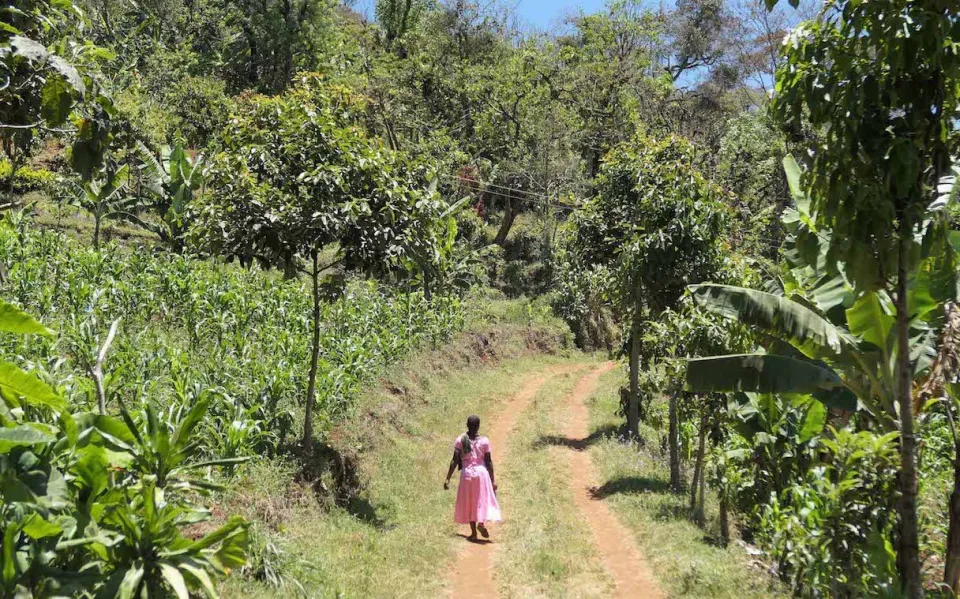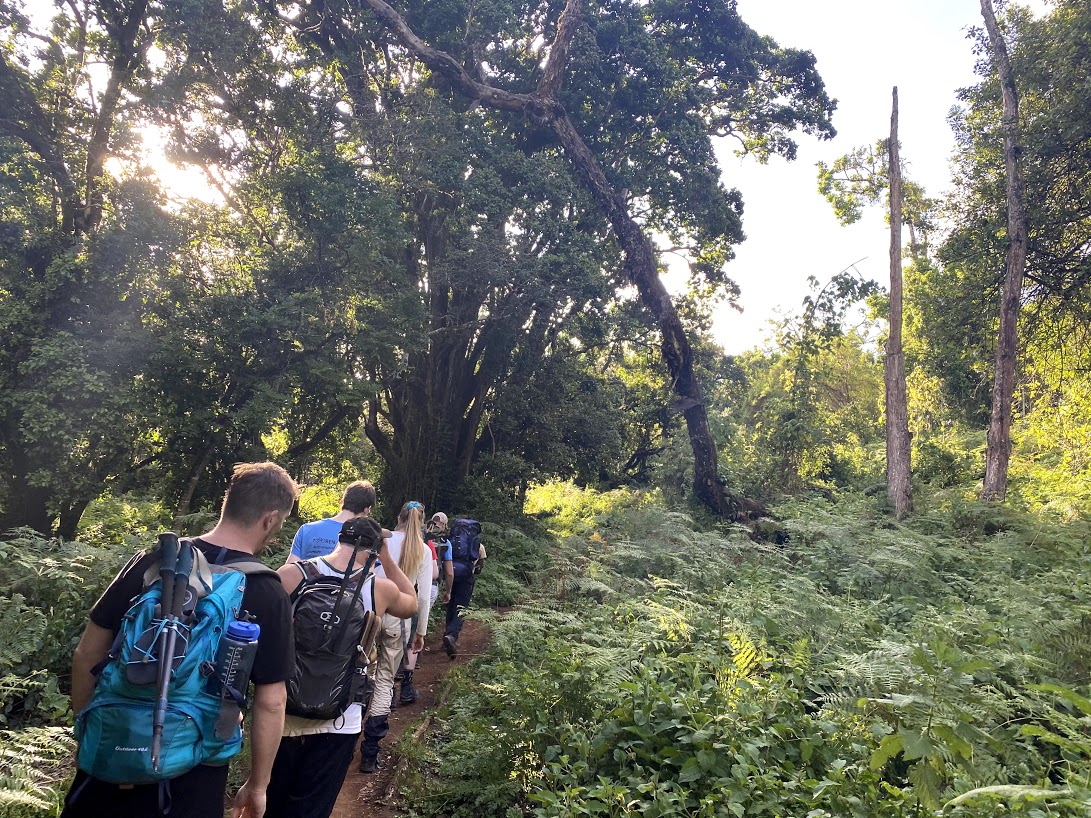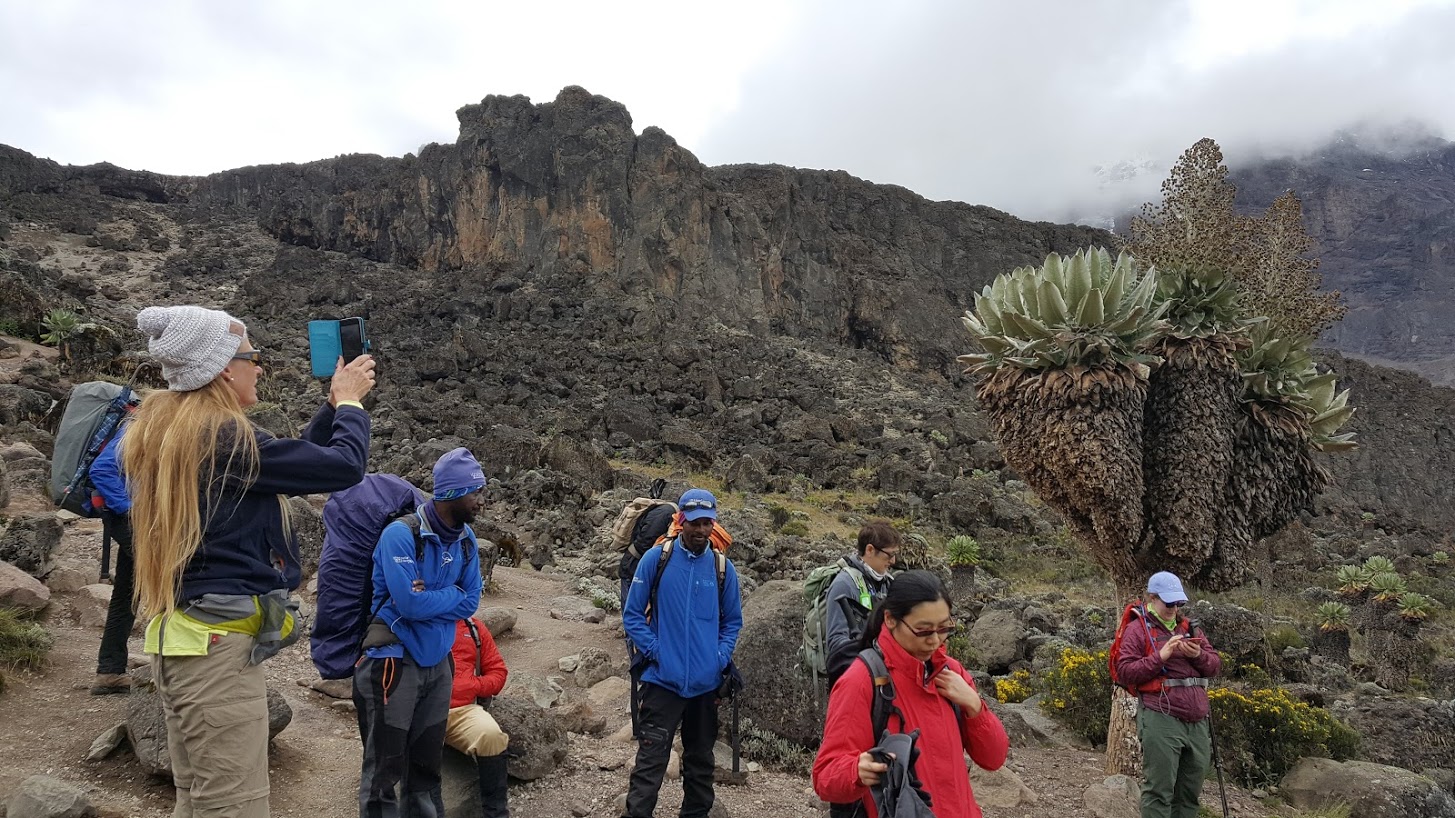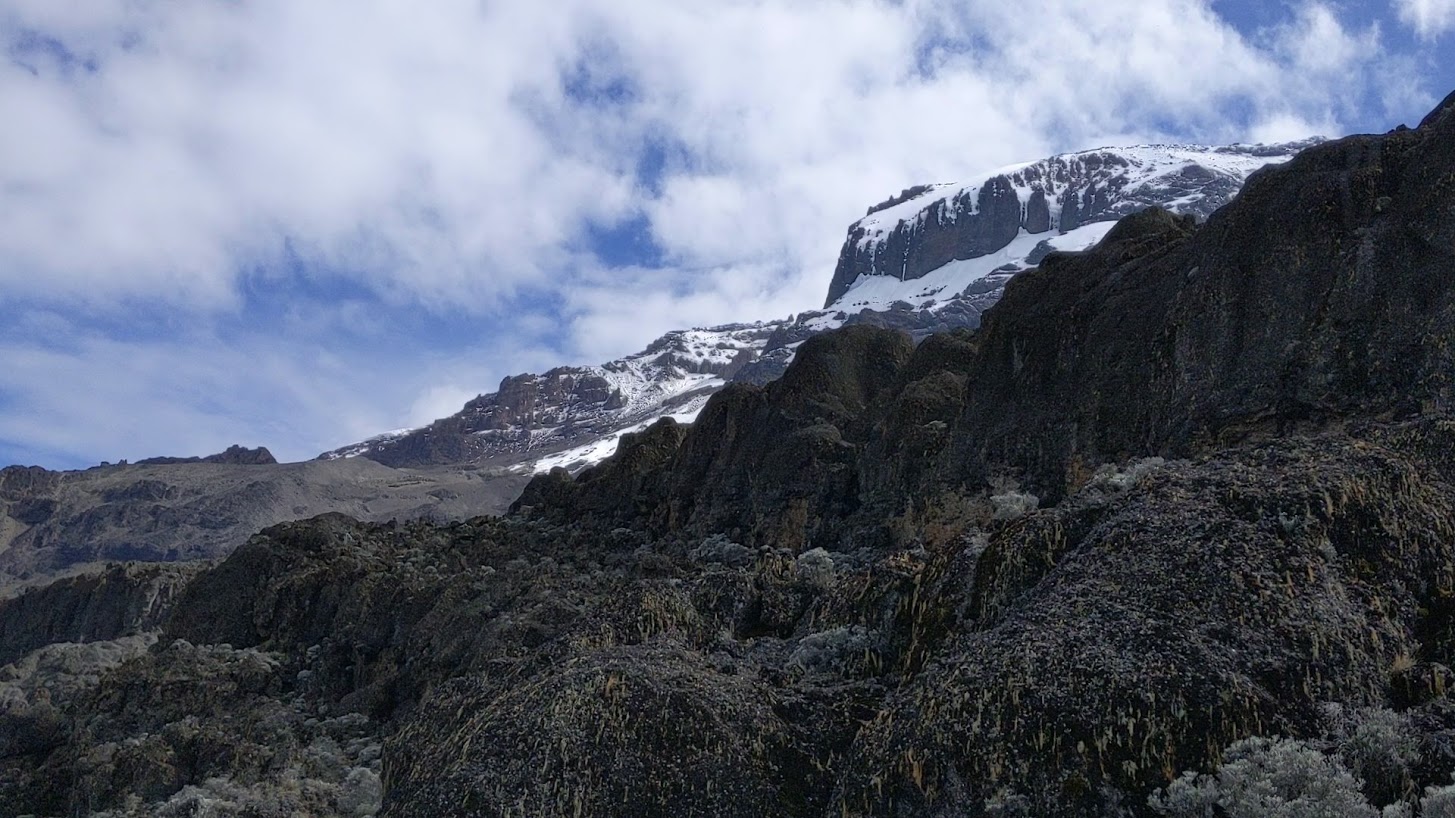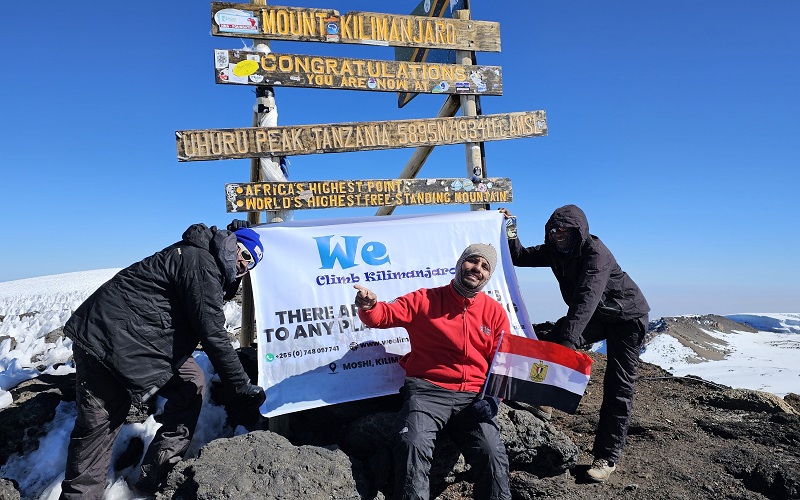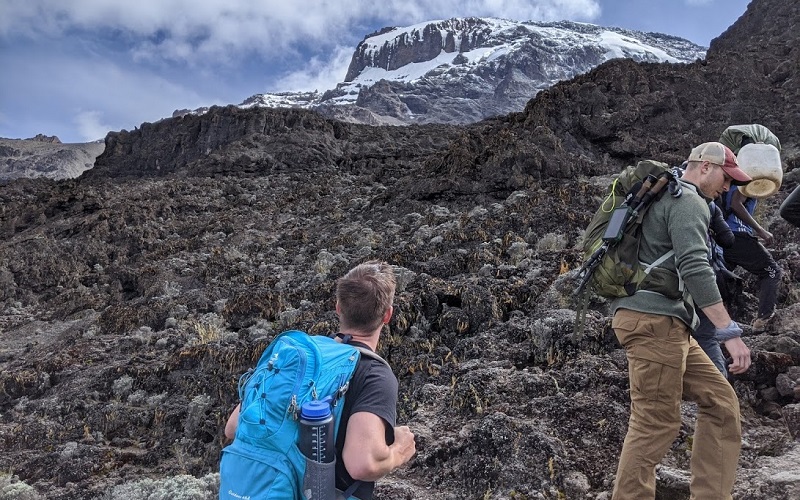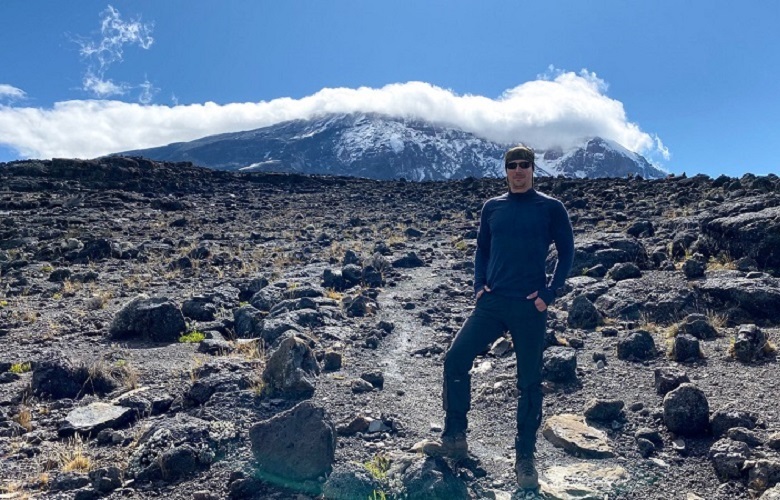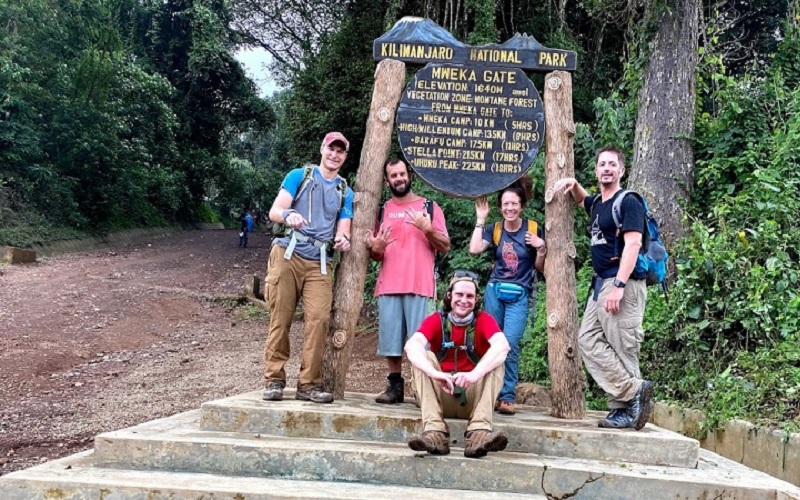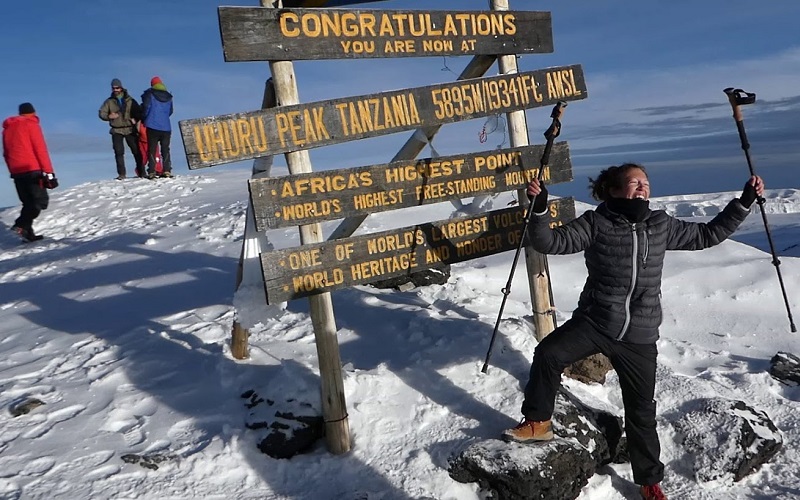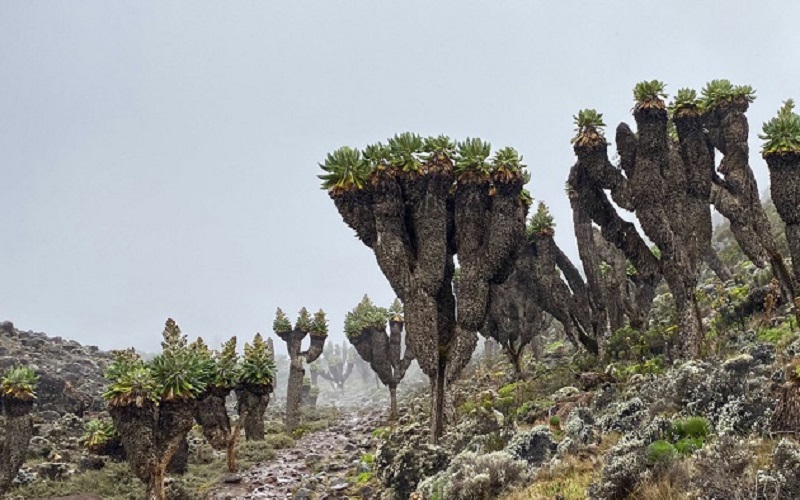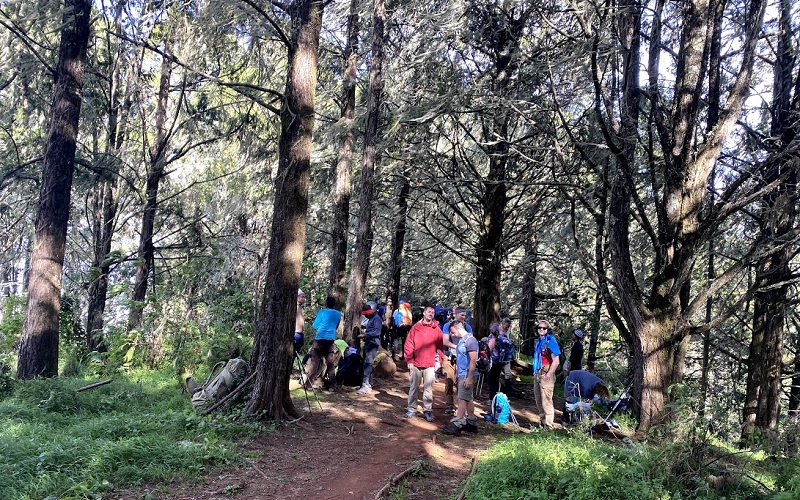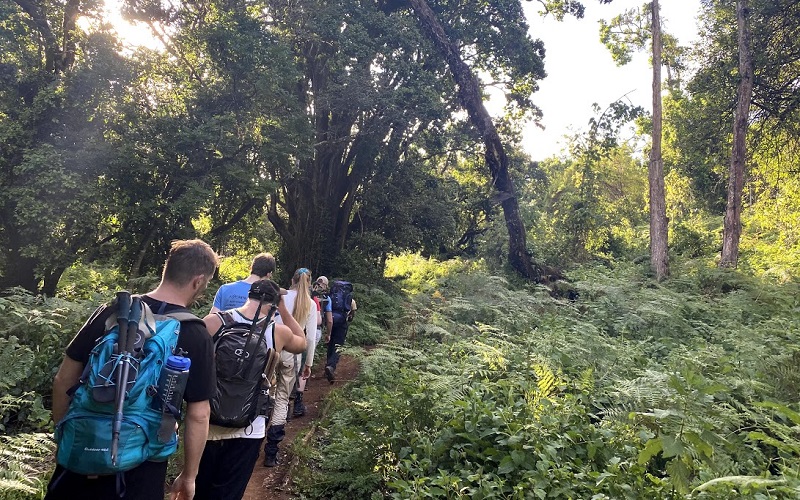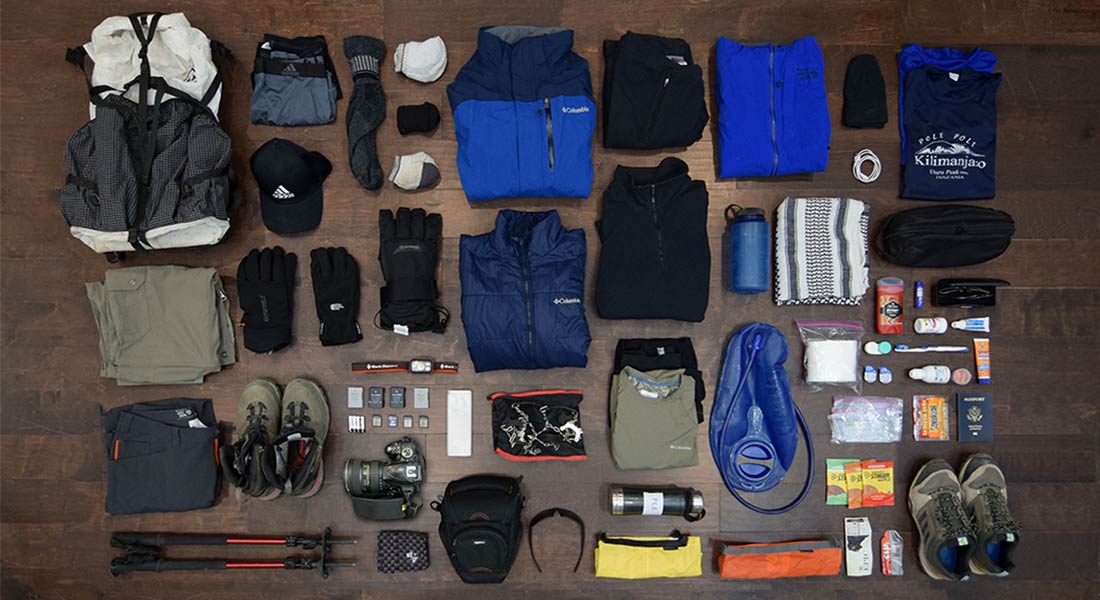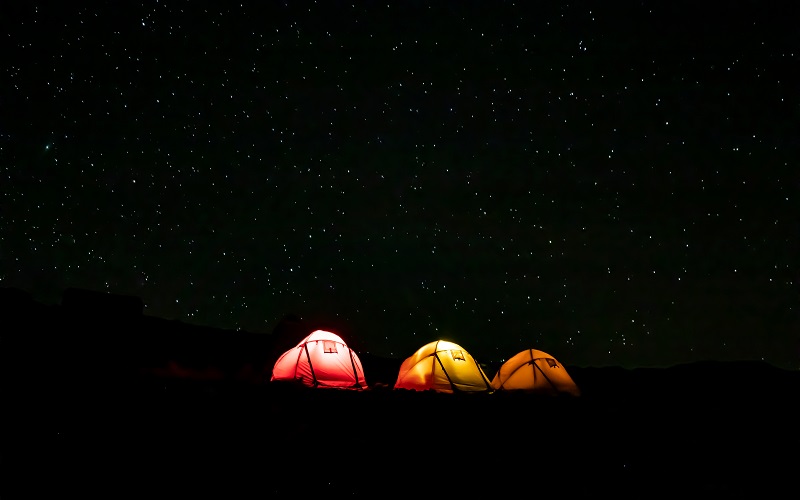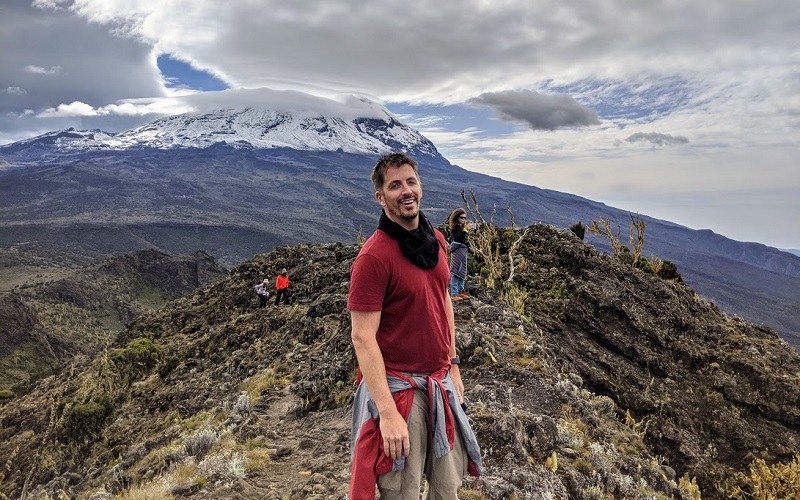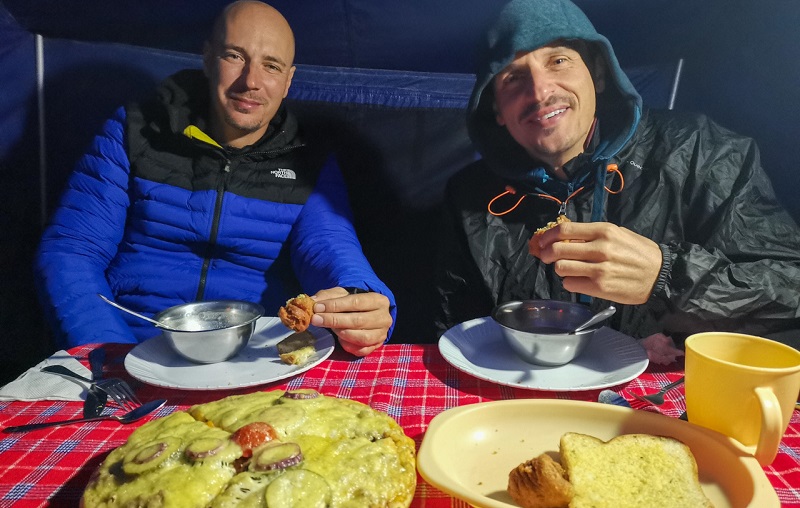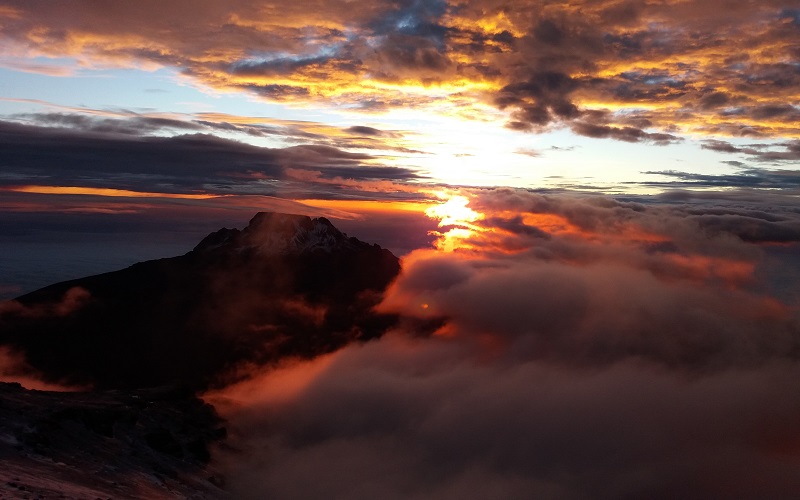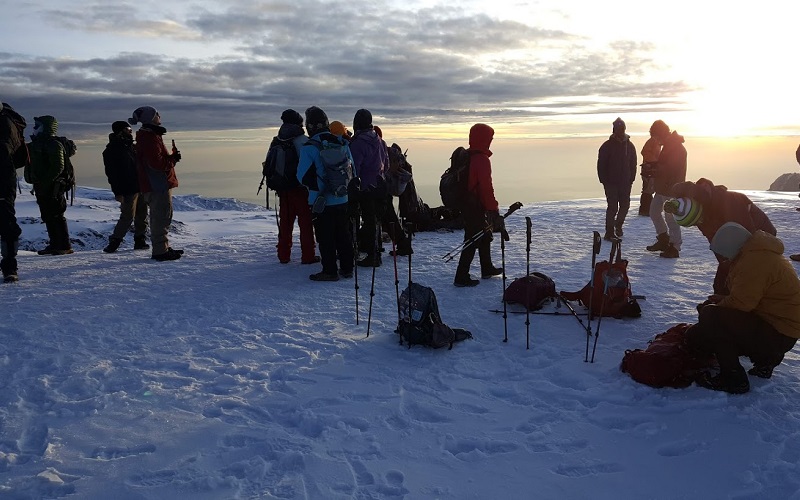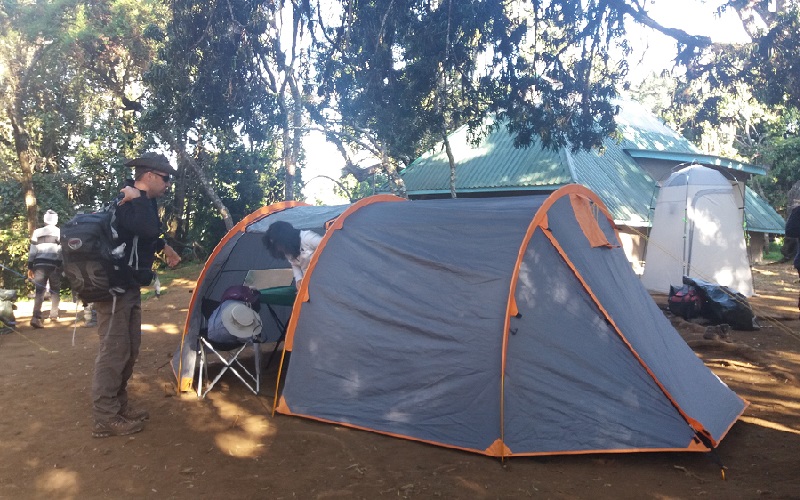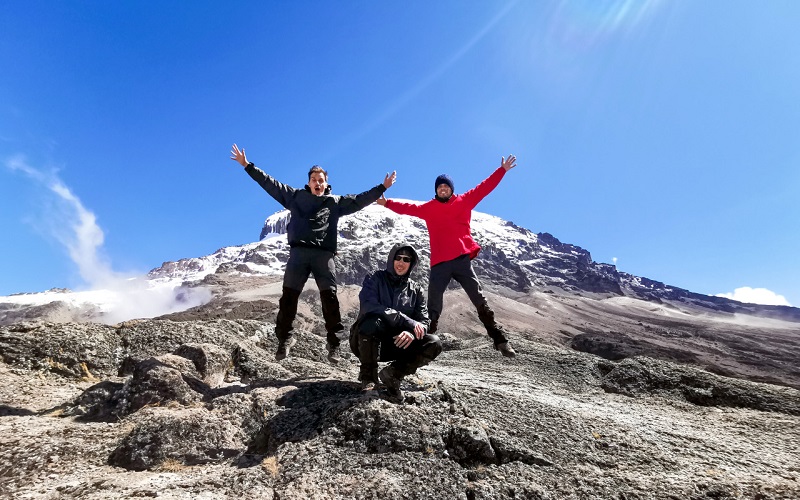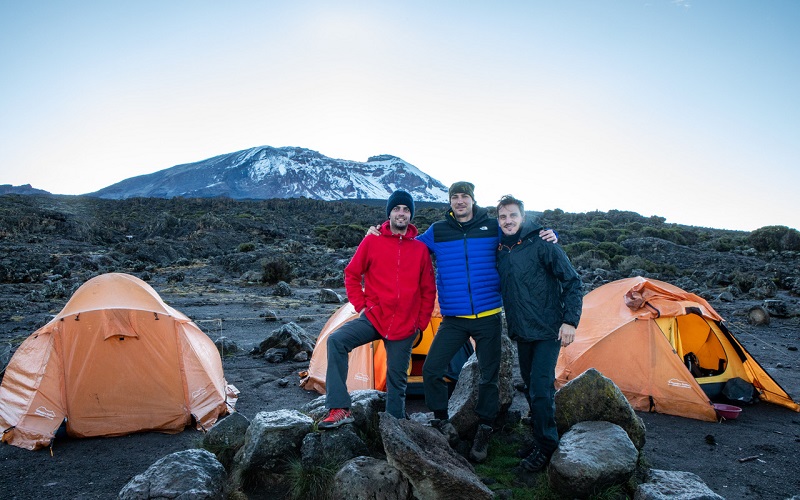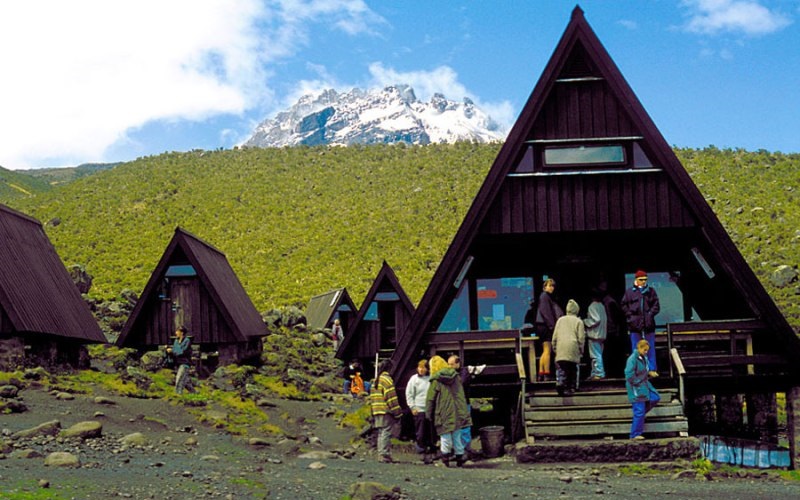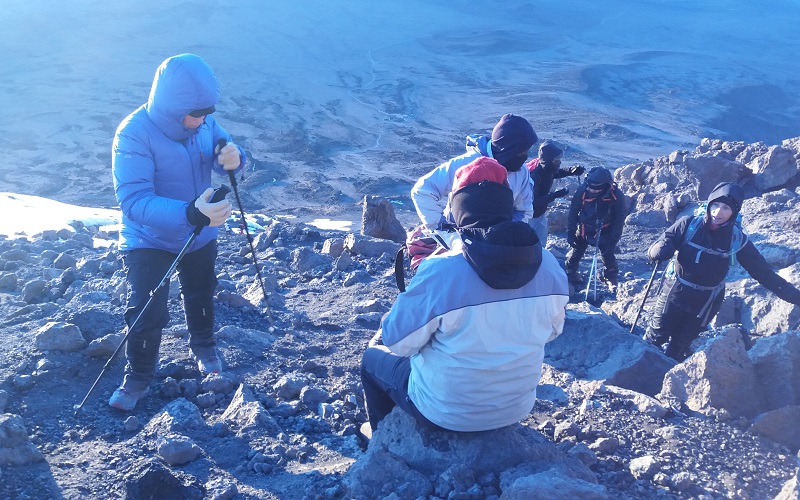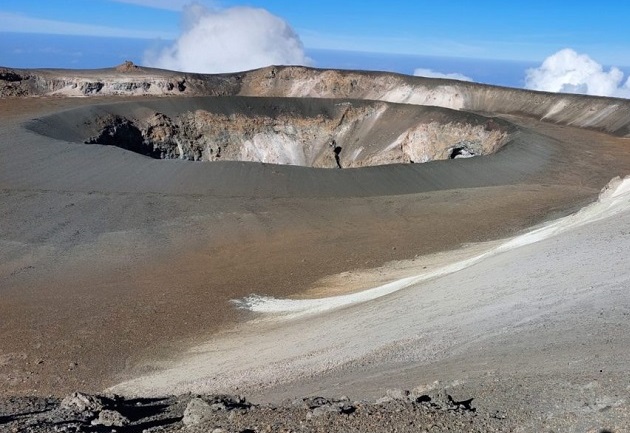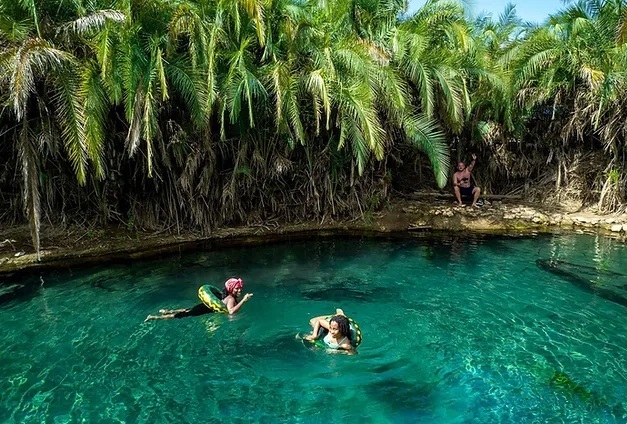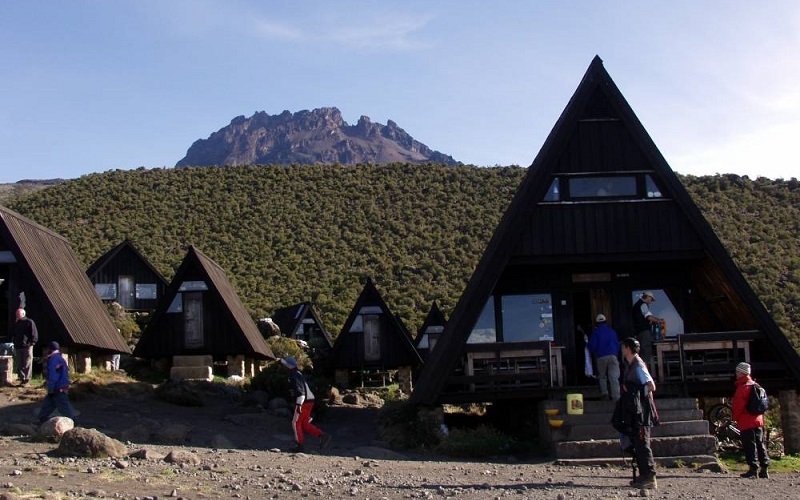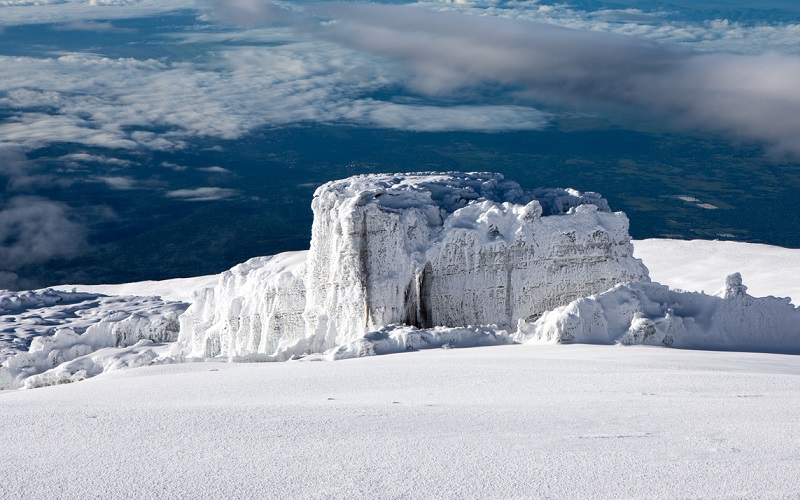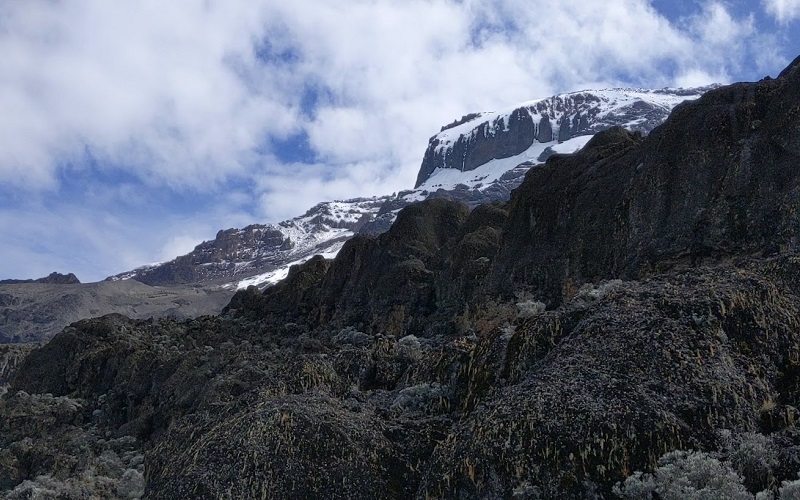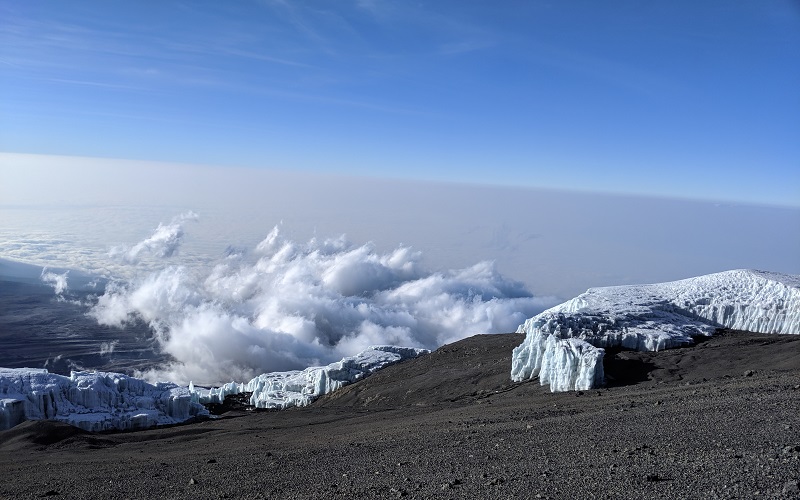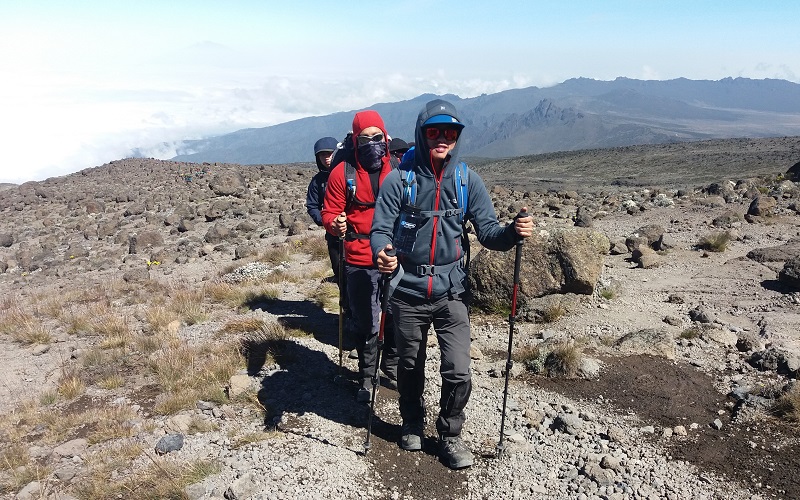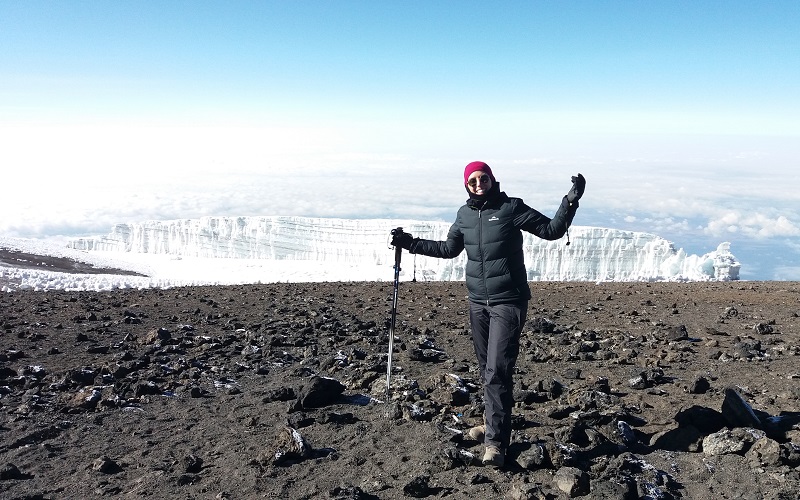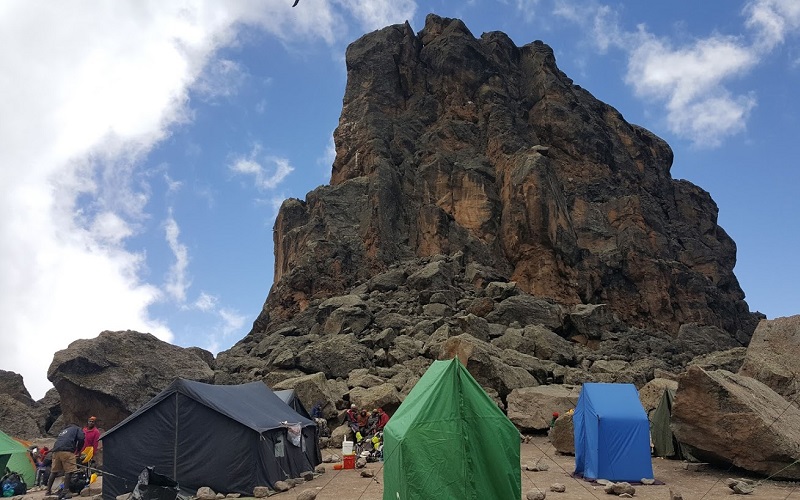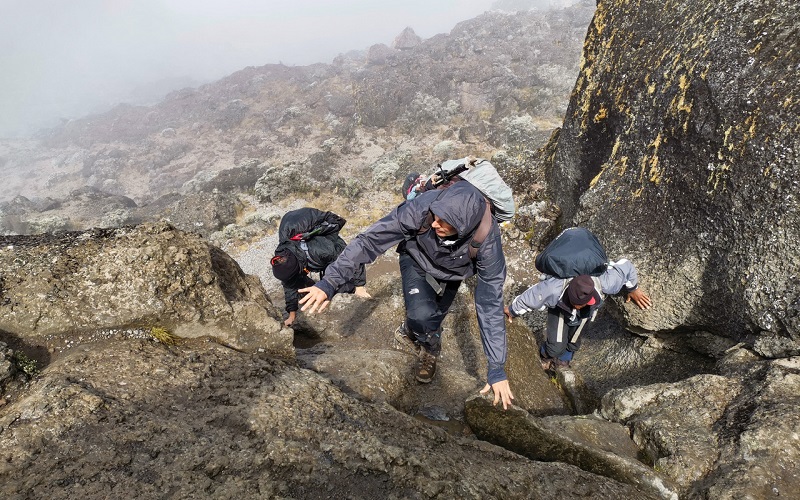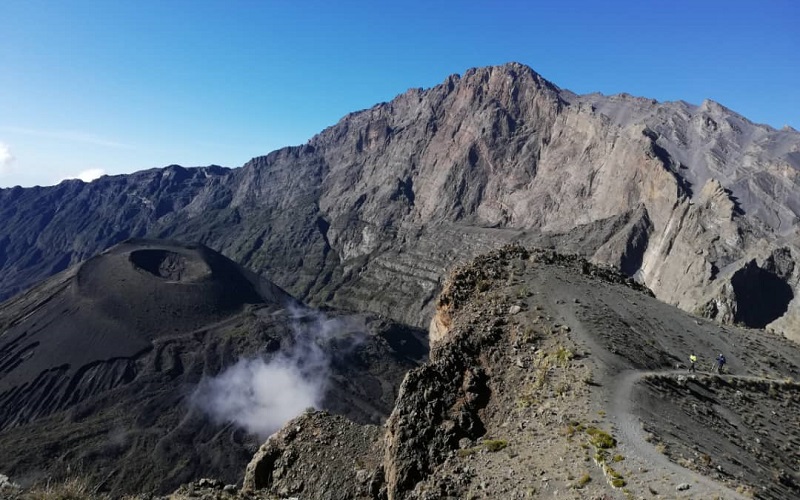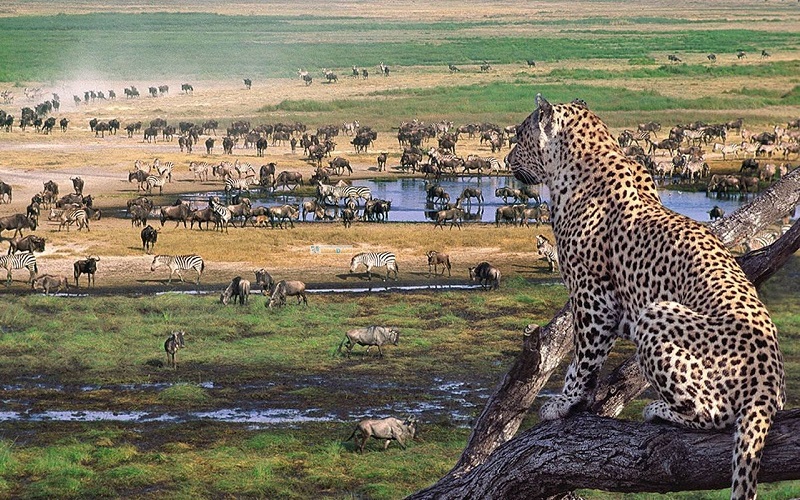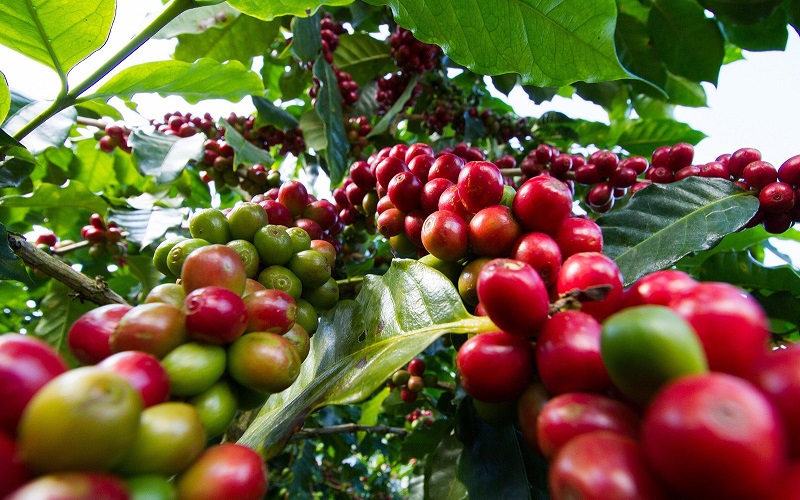KILIMANJARO CLIMATIC ZONES
Mount Kilimanjaro is made up of five major ecological climate zones. The five distinct climate zones on Kilimanjaro, from the tropical forest to the arctic tundra of the summit has been compared to walking from the equator to the North Pole. Each climate zone has it’s own unique characteristics, both in terms of vegetation and animal life.These climatic zones are:-
1. Cultivations
2. Rain forest
3. Heather and moorland
4. Highland Alpine Desert
5. Arctic Summit
1. CULTIVATIONS ZONE
Elevation: 2,600 feet to 6,000 feet (800m - 1,800m),Temperature Range: Days: 70-90 F / 21-32 C
Nights: 40-60 F /4-15 C
On the way to Kilimanjaro’s gates, you will drive through this zone and be able to view these farms and villages. The cultivation zone receives the most rainfall annually. This zone also contains many rivers, which are fed by the glacial melt from the top of Mount Kilimanjaro. These conditions mean this land is great for farming. Many small villages live on this land and cultivate coffee, avocados, mangos, and bananas.
2. RAIN FOREST
Elevation: 6,000 feet to 9,000 feet (1,800m - 2,800m), Temperature Range: Days: 70-90 F / 21-32 C
Nights: 40-60 F /4-15 C
This zone has a rich of forests, which contain every shade of green imaginable. The density of the tree canopy means catching a glimpse of the sky is rare. What isn’t rare is an animal sighting, out of all the zones, you are most likely to catch a glimpse of wildlife while in the rainforest zone. Be on the lookout for Blue monkeys and Colobus monkeys.
Be prepared with waterproof clothing as this zone is predictably wet. The mild temperatures of the rainforest make this portion of the hike enjoyable.
3. HEATHER AND MOORLAND
Elevation: 9,000 feet to 13,000 feet (2,800m - 4,000m), Temperature Range: Days: 50-80 F / 10-27 C
Nights: 30-60 F /(-1)-15 C
The rainforest gives way to the heather and moorland zone quickly as you ascend the mountain, you will see tall heather shrubs as you leave the rainforest behind. The temperatures of this zone can be unpredictable, dependant on the time of year, the day time temperatures can rise above 100°F and at night time can drop to 32°F.
As you continue to ascend through this zone, the huge heather shrubs will give way to tall, green and yellow grasses which make up the Moorland portion of this zone. As you enter the Moorland zone of Mount Kilimanjaro, you are reaching an elevation where you will start to pass above the clouds. From here until the peak, you will have spectacular views of the bright blue sky and a wide open view of the stars in the sky at night time.
4. HIGHLAND ALPINE DESERT
Elevation: 13,000 feet to 16,000 feet (4,000m - 5,000m), Temperature Range: Days: Days: 10-60 F / (-12) -15 C
Nights:10-40 F /(-12)-4 C
Alpine Desert zone,the plant life, compared to other zones, is minimal and understably so. Any plants living here have to subsist through subzero temperatures at night and harsh sunshine during the day. Volcanic rocks in all shapes and sizes fill this zone - showing Kilimanjaro’s active past.
While in the Alpine Desert Zone, you are close enough to the peak of Kibo to view its glaciers and steep ledges. Make sure to pack warm clothing for this portion of the hike, temperatures are known to drop down well below freezing.
5. ARCTIC SUMMIT
Also known as the Arctic zone, this area is dry, freezing cold at night and subject to intense sunshine during the day. With half the available oxygen as sea level, the area is dominated by huge glaciers, and large boulders. There is no resident animal or plant life, except for a few very hardy lichens, slow-growing and probably ancient.
It’s very cold here, with blustery winds and nighttime temperatures well below freezing. As you set off for your summit attempt, there may be ice and snow underfoot, it’s bitterly cold, even at midday and the sun’s radiation is harsh.
You will climb through slopes of scree, which is loose dirt and gravel, to reach Uhuru Peak. One of the benefits of climbing at night is that the frost helps to meld the scree together. This forms a better footing base for you the climb upon. You follow the switchback trail up to the rim of Mount Kilimanjaro (either reaching Stella Point or Gilman’s Point) before making your final push to Uhuru Peak
